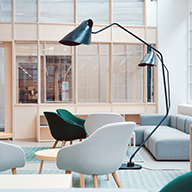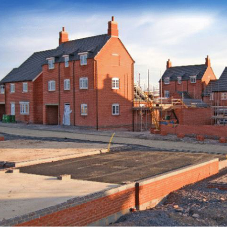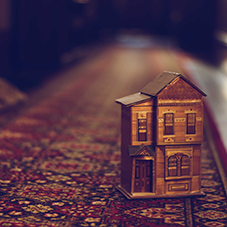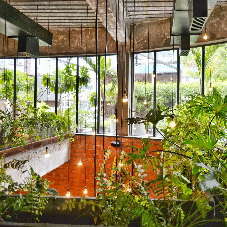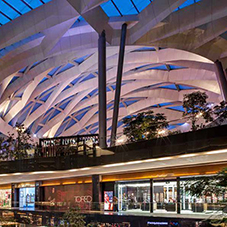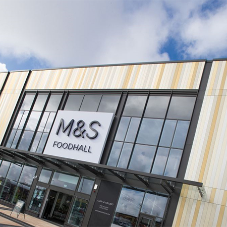Given the physical nature of the built environment, it would be easy to assume that the visual qualities of spaces dominate our perception of a building or a space. Architecture by its very nature is fundamentally about crafting the human experience – but the human experience is not just visual, it’s multi-sensory. Sensory design explores the nature of our responses to spatial constructs—from various types of buildings to gardens and outdoor spaces.

In short, sensory design is design that interacts with people. Architecture impacts the way we feel, think, and behave, and sensory design places the building occupant at the centre, with careful attention to the way a space may impact them both in the short and long term.
Sensory design is about rethinking the way we work, learn and live in our buildings. It’s about transforming and adapting our mindset to better understand how sensory messages affect our lives. Our perceptions of the world are built on multiple senses; they interact to help us make sense of our surroundings. And when we understand how building occupants respond to the environments they inhabit, we will have a much easier time generating innovative architectural concepts.

To gain an understanding to the type of experience your environment will provide for its occupants, it helps to understand the “architectural journey” that the occupants will experience through your design. The occupants are individuals, with unique ideas, experiences, capabilities and behaviours, and this occupant-centred approach means not only “seeing” the design through the occupant’s perspective, but also more deeply understanding the nuances of each occupant that is likely to experience the design.
By the way of an example, offices are no longer just places to work at, they need to be inviting and attractive places to be in. They need to help the occupants to be healthier and more productive. They need to stimulate wellbeing. By paying attention to the way people experience a space, an architecture can promote better occupant lifestyle outcomes. With sensory design can arrange the environmental stimuli to benefit an occupant’s “journey”.
Multi-sensory environments improve the development of thought, intelligence and social skills, and can offer people with cognitive impairments and other challenging conditions the opportunity to enjoy and control a variety of sensory experiences. Motivation depends largely on the senses, and several cognitive psychologists suggest that the main ingredient of the “intellectual phenomenon” is sensory stimulation that allows the occupants to understand their environment and respond towards it.

It’s important to think of all of these aspects of the “building occupant” when generating architectural concepts and to design for both the universal qualities that make us all human and the individual differences that make us perceive and interpret experiences differently. This in turn leads towards more innovative architectural experiences. By designing architecture that meets the experiential needs of a group and an individual, we should be able to balance and optimize design ideas for the advantage of all “experiential scales”.
What do you think? Share your thoughts on our LinkedIn post.
Related Blog Articles




